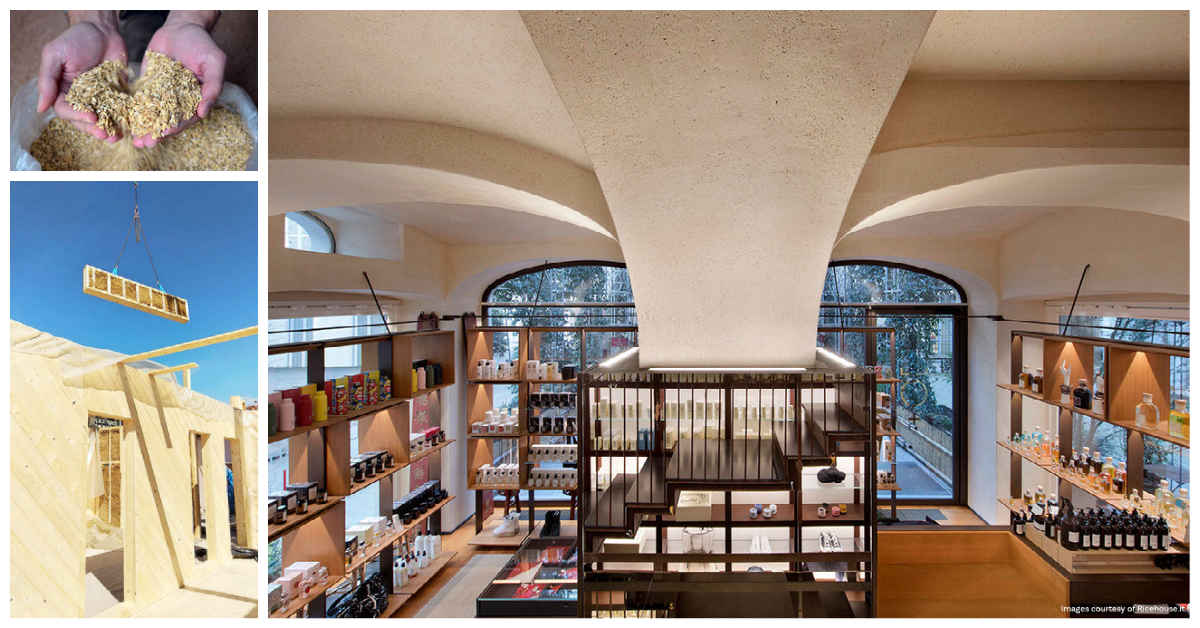The Ricehouse Project: From rice to a wall near you.
Micène Fontaine, October 28, 2021
Giant salvinia. I had no idea what it was, but the “alert” posted on the website of the nearby state park dampened my excitement about renting a weekend cabin. Yet, I decided to follow my own advice and stay curious (that, and I really wanted to get away). So, I read on only to find out that the lake was undergoing a scheduled drawdown so they could remove the giant invader in question (an aquatic fern that had found its way far from its native Brasil).
Water levels were down on the lake, and giant salvinia was being removed. I booked two nights anyway, but I was wondering how one goes about draining a lake? And, what do they do with the giant salvinia?

That last question (what do they do with the by-product of this yearly undertaking) is the same one Italian architect Tiziana Monterisi asked herself when she first moved to Biella in northern Italy. Rice there is a major crop that generates unused by-products that farmers have to burn. I was surprised to learn that Italy and Spain account for 70% of the rice grown in Europe, but Tiziana Monterisi already knew that and saw the possibilities. What if the rice by-product could be incorporated into earth-friendly construction materials and used locally? Research and development started, and the Ricehouse project was born.
In 2021 - 5 years after its founding by architects Tiziana Monterisi and Alessio Colombo - the team has several projects under its belt and has developed a line of products. Their goal, however, is not to export their products. They plan to license their know-how to other rice-producing regions of the world so they can reap the same benefits that come from building with regenerative materials. Beyond building responsibly, the Ricehouse Project is one of the missing pieces of the puzzle in the pursuit of a circular economy.
Today the firm continues to innovate and to bridge the gap between agriculture and architecture; between regional ancestral knowledge and high tech; between people, profit, and our planet. I realize it’s only one step, but it’s one step on the bridge between us, our ancestors, and future generations.
As with spending two nights at a lake with giant salvinia and no water, I have questions about the Ricehouse Project. I am sure you do too. I’d love to hear them, so don’t hesitate to post them in the comments below or check out our Change by Design session with Ricehouse Architect and Senior Project Manager Katerina Dimova. You can also visit Ricehouse online.
I still don’t know what happens to the giant salvinia that is removed every year from the lake, but it got me thinking about waste and by-products in a different way. Where I live in northern Louisiana, sugarcane is the main crop. I don’t know what the by-products are, but I intend to find out. What’s the main crop or main industry in your area? Are there by-products that go to waste or that used to produce other materials?
Here is to staying curious - by design.




